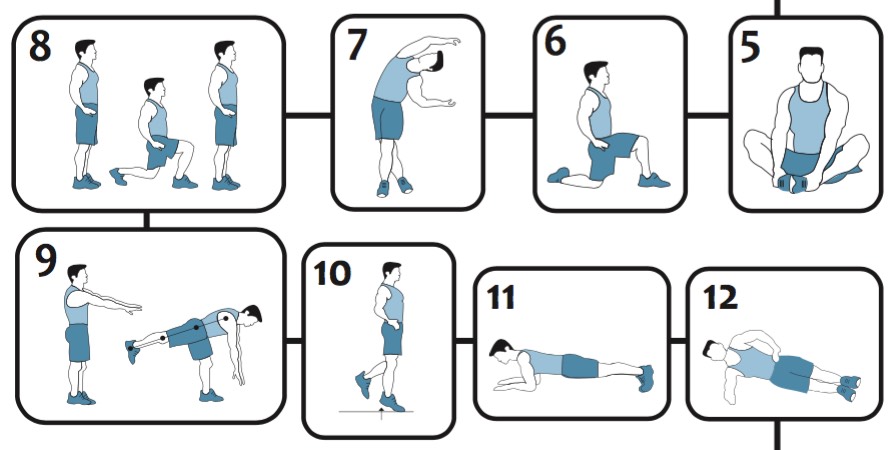Shoulder Surgeon Perth for shoulder bursitis
Shoulder Bursitis
Impingement and rotator cuff tendonitis
shoulder bursitis | shoulder surgeon Perth
What is shoulder bursitis?
 Shoulder bursitis is also known as shoulder impingement or rotator cuff tendonitis. It can be caused by injury, overuse, or a bone spur in the shoulder.
Shoulder bursitis is also known as shoulder impingement or rotator cuff tendonitis. It can be caused by injury, overuse, or a bone spur in the shoulder.
Bursitis is an inflammation of a bursa, which is a small fluid-filled sac found around a joint. It acts as a cushion between moving parts in the joint to stop muscles, bones, and tendons from rubbing together.
When your shoulder bursa gets irritated, it becomes inflamed and develops scar tissue. This causes inflammation of the muscles and tendons. Their role is to move the shoulder, and the inflammation can cause pain and loss of movement in the shoulder.
A common cause of shoulder bursitis is overuse of the shoulder joint, especially if that activity is performed repetitively or overhead. If you are doing sport or work that involves repetitive movements it can put stress on your shoulder joint. It is also important to be careful with exercises that require repetitive movements.
shoulder bursitis | shoulder surgeon Perth
What are the symptoms of shoulder bursitis?
Shoulder bursitis can cause:
- Pain on the outside of your shoulder.
- Pain that may spread down your arm towards the elbow.
- Disturbed sleep with pain when you roll on that side .
- Aches made worse by using your arm repetitively above your head.
- A painful arc of movement when lifting to horizontal
- Relief of symptoms keeping your arm by your side.
shoulder bursitis | shoulder surgeon Perth
Shoulder bursitis or shoulder impingement?
 You may come across different terms for what is commonly called shoulder bursitis. The terms ‘shoulder impingement’, ‘rotator cuff tendonitis’, and ‘subacromial bursitis’ refer to a spectrum of the same condition.
You may come across different terms for what is commonly called shoulder bursitis. The terms ‘shoulder impingement’, ‘rotator cuff tendonitis’, and ‘subacromial bursitis’ refer to a spectrum of the same condition.
Impingement occurs when the tendons of the rotator cuff rub against the undersurface of the acromion bone when you lift the arm. The acromion impacts against the rotator cuff tendons, hence the term ‘impingement’.
Rotator cuff tendonitis occurs when the tendons rubbing against the bone becoming inflamed.
Subacromial bursitis is inflammation of the bursa which sits between the bone and the tendons. The bursa is a normal structure allowing the tendons to move freely against the bone. Shoulder bursitis and rotator cuff tendonitis cause pain.
In younger patients, impingement often results from injury or overuse. Irritation of the tendon causes it to swell and the more it swells the more it rubs against the acromion bone. More rubbing causes more swelling and the cycle continues.
In older patients, impingement and tendonitis are more likely to occur when a subacromial spur forms. The spur is an overgrowth of bone which impacts on the rotator cuff tendons when the arm is lifted. This can eventually lead to a rotator cuff tear. keeping your arm by your side.
shoulder bursitis | shoulder surgeon Perth
CO.RE Exercises
 In the field of shoulder and knee reconstruction, successful outcomes from an operation are 50% surgery and 50% rehabilitation.
In the field of shoulder and knee reconstruction, successful outcomes from an operation are 50% surgery and 50% rehabilitation.
You could say the surgery is the easy bit, the rehabilitation is all hard slog. Dr Colvin’s CO.RE exercise programs are just that, a core plan for your successful recovery.
shoulder bursitis | shoulder surgeon Perth
How is shoulder bursitis treated?
Non-operative treatment is always the best place to start. Firstly, this means avoiding the activities which have precipitated the pain. Over-the-counter drugs such as Panadol and Nurofen are a safe way to control the pain. Anti-inflammatories reduce swelling in the rotator cuff tendons. It is advisable to see a physiotherapist for a set of shoulder exercises aimed at stretching and building strength through the rotator cuff muscles.
Cortisone injections into the subacromial bursa are a very successful minimally invasive treatment for shoulder bursitis. The injections are done by a radiologist with ultrasound guidance. Cortisone works as a powerful anti-inflammatory, reducing tendon swelling and breaking the cycle of impingement. It is not uncommon to require up to three injections, done once a month, to get symptoms under control.
Surgery is not the first treatment option, but should be considered if conservative treatments including injections and physiotherapy have failed and the symptoms are continuing for three to six months or more.
The first thing that surgery achieves is removal of the inflamed bursa and scar tissue. More importantly, the surgery shaves away some of the bone and any spur. This increases the space available for the tendons and stops the tendon rubbing process.
The operation is called ‘subacromial decompression’ or ‘acromioplasty’. It is arthroscopic surgery done with two small keyhole cuts.
